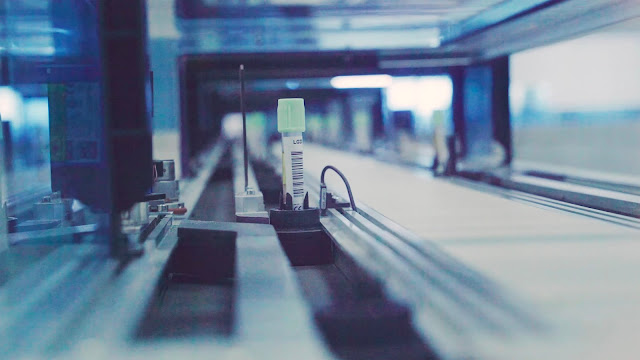The Advantages and Drawbacks of Collaborative Robotics
A collaborative robot, or cobot, is a robot that interacts with a human in a shared space. In an industrial setting, this differs from how robotic systems are traditionally used, as they are often separated from human workers. Combining the efforts of robotic systems and people in a collaborative setting provides several advantages but also has its disadvantages. In this article, we’ll take a look at the pros and cons of this new breed of automation equipment.
Advantages
Adaptability
Cobots tend to be smaller than their non-collaborative counterparts. Additionally, they are generally manufactured in a way that makes them somewhat portable. These qualities make them relatively easy to relocate.
When new processes need to be programmed into the lab automation equipment, cobots allow for hand guiding to teach the robot a new movement. This process can be done by any member of staff, without the need for specialized knowledge. In effect, this makes programming accessible to all staff, rather than just the engineering team.
Safety
In most instances, cobots don’t require a dedicated and separate work area since they are designed to be used in close proximity to people, often aiding them in their work as collaborative pieces of lab automation equipment. As such, the robotic systems are designed for this use, with several safety mechanisms built-in, such as the use of force limiters. These are sensors that cause the machinery to quickly halt movement or operation in the event of a collision. Additional safety measures include the use of sensors to detect the presence of a person and avoid contact with them.
Cost-Effectiveness
Cobots tend to be smaller than robotic systems designed to work independently, and this reduced stature generally translates to lower costs. Additionally, cost savings can be achieved by eliminating the need for a separate automation workspace. The user-friendly nature of cobots, when compared to larger industrial machinery systems, means they require less training and don’t require a dedicated robotics expert to be kept on staff.
Source: https://retisoft.com/the-advantages-and-drawbacks-of-collaborative-robotics/




Comments
Post a Comment